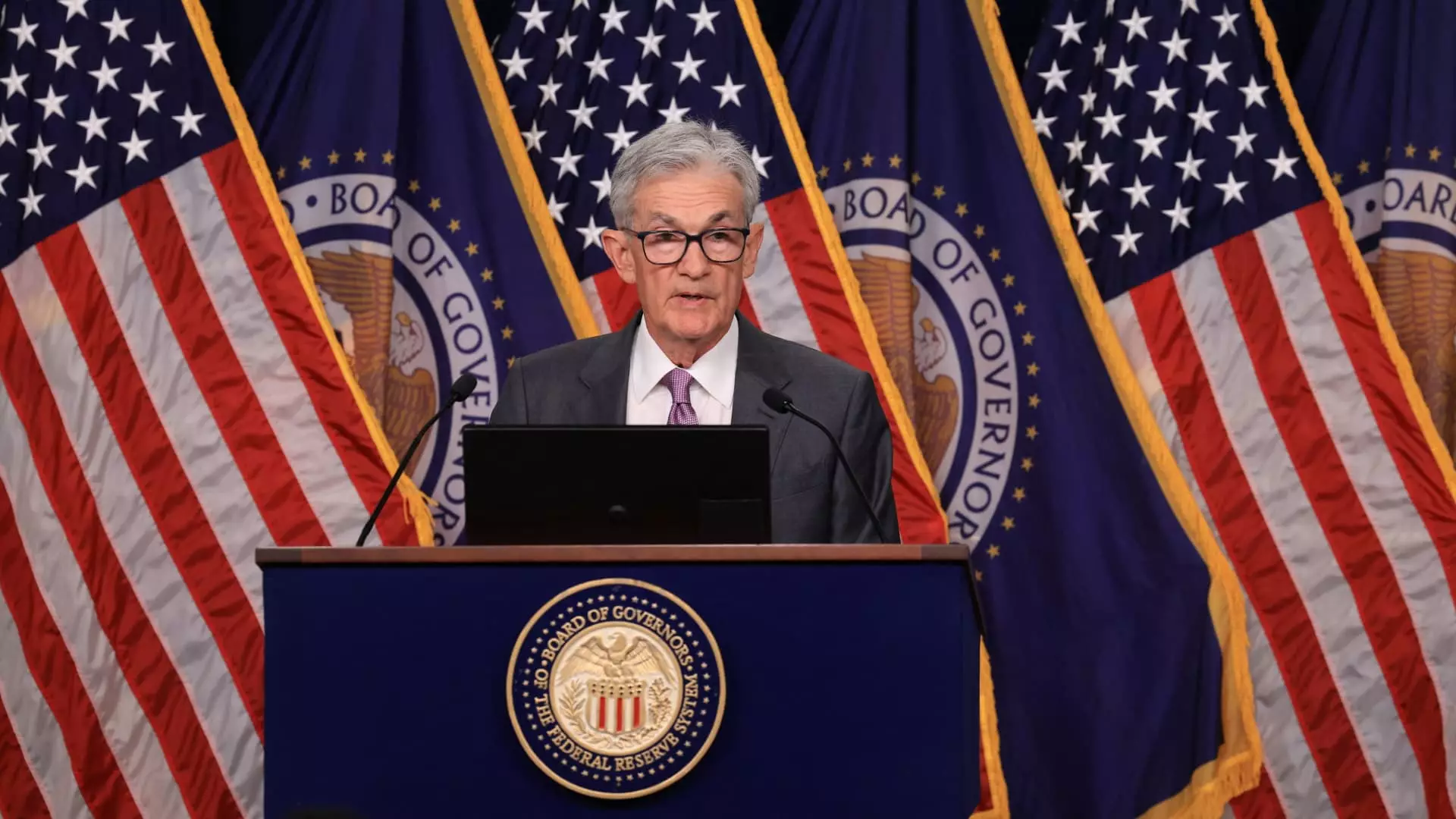The recent decisions made by the Federal Reserve signal a shift in monetary policy that could have far-reaching consequences for the economy. Notably, the Fed has projected lowering interest rates by an additional half-point before the end of 2024, which indicates a responsive approach to evolving economic conditions. The central bank has signaled this possibility through its dot plot, where 19 members of the Federal Open Market Committee (FOMC) foresee the benchmark federal funds rate dropping to approximately 4.4% by the end of this year. This target translates to a range of 4.25% to 4.5%, suggesting that we may see further cuts during the upcoming policy meetings scheduled for November and December.
Future Projections and Economic Indicators
Looking further ahead, the Federal Reserve anticipates that interest rates will further decline to an estimated 3.4% by 2025 and eventually stabilize at around 2.9% by 2026. Such projections imply that the Fed is adopting a measured and cautious approach to interest rate adjustments, acknowledging that the overall economic landscape can change. Fed Chairman Jerome Powell emphasized in a recent conference that there is no urgency to enact these changes hastily, suggesting that the committee is aiming to carefully monitor developments over time, rather than making abrupt shifts in policy.
This foresight appears necessary, given that inflationary pressures and employment levels are still in a state of flux. The Fed acknowledged a slight increase in its unemployment rate predictions for the year, now forecasting it to reach 4.4%, up from the previously anticipated 4%. This adjustment indicates that officials are bracing for potential headwinds in the labor market, demonstrating a willingness to reassess economic data as it becomes available.
Inflation Outlook and Economic Balance
In an intriguing shift, the Fed has lowered its inflation projections as well; the expectation for inflation has been reduced from 2.6% to 2.3%. Such revisions in the inflation outlook suggest that the central bank has gained increased confidence in its ability to steer inflation toward its target rate of 2%. However, this confidence does not come without caveats, as the statement following the last policy meeting indicated that the risks associated with achieving employment and inflation targets are currently viewed as roughly balanced.
Moreover, core inflation projections have also been adjusted, falling to 2.6% from a previous 2.8%. This nuanced perspective on inflation highlights the Fed’s commitment to advocating for stability in price levels, even while grappling with the uncertainties posed by global economic fluctuations and domestic market conditions.
The Federal Reserve’s decision to reduce interest rates, alongside its carefully articulated projections, reflects a fundamentally responsive monetary policy. By taking into account the evolving economic indicators, the Fed aims to navigate the delicate balance between controlling inflation and fostering employment growth. As further policy meetings approach, market observers and economic stakeholders will be keenly watching for the outcomes of these discussions, as they will inevitably shape the future trajectory of monetary policy in the United States.

